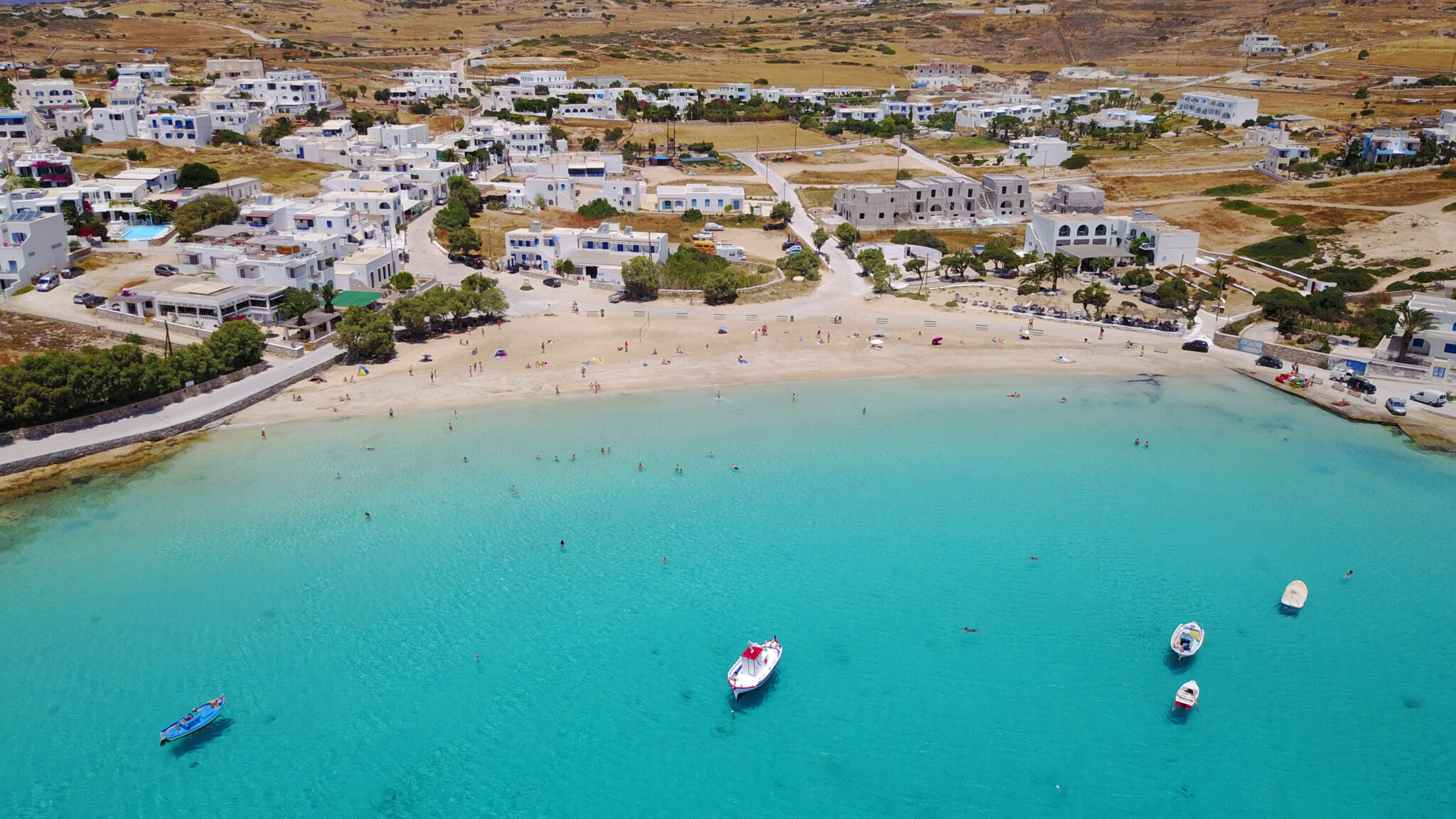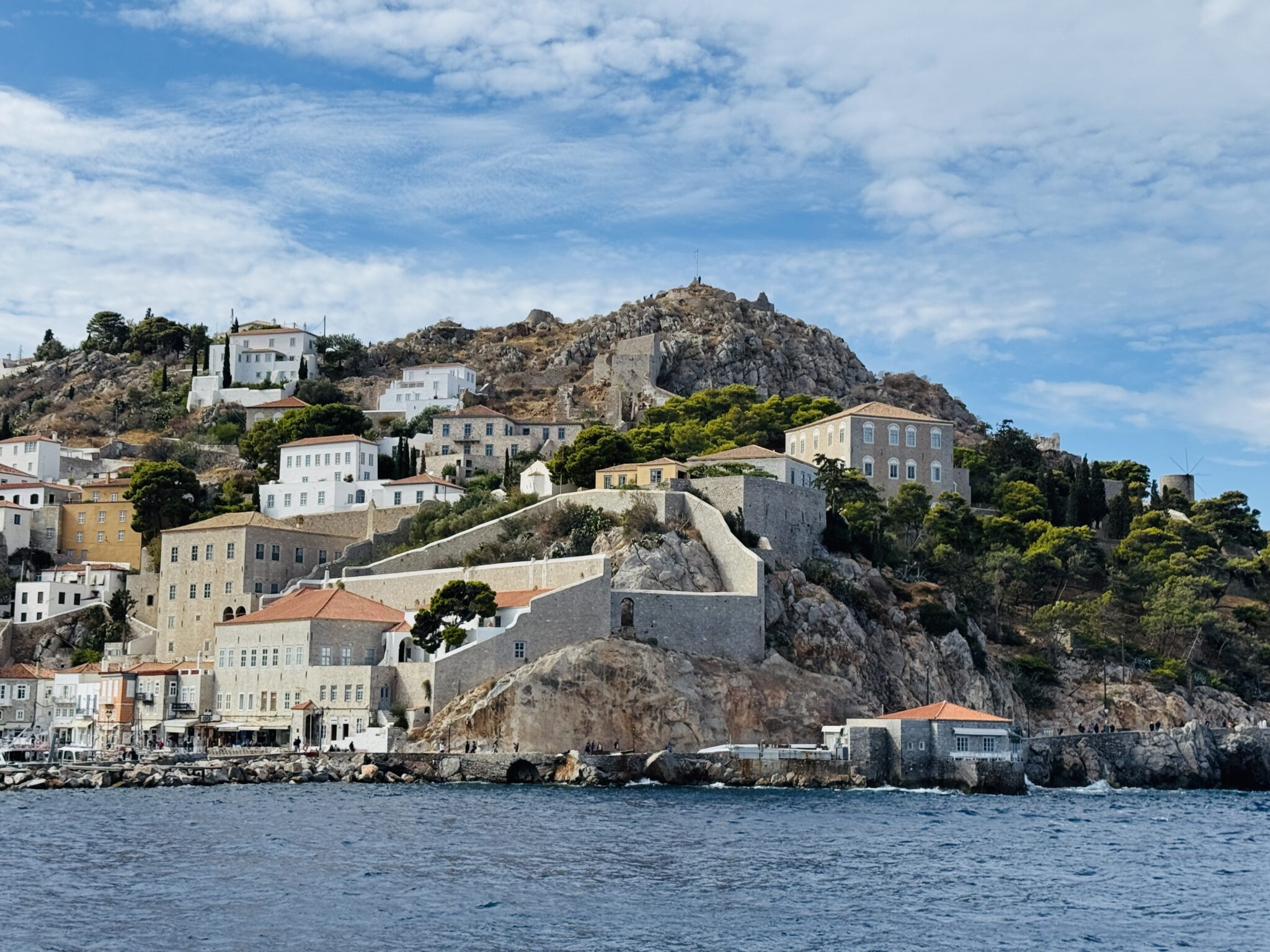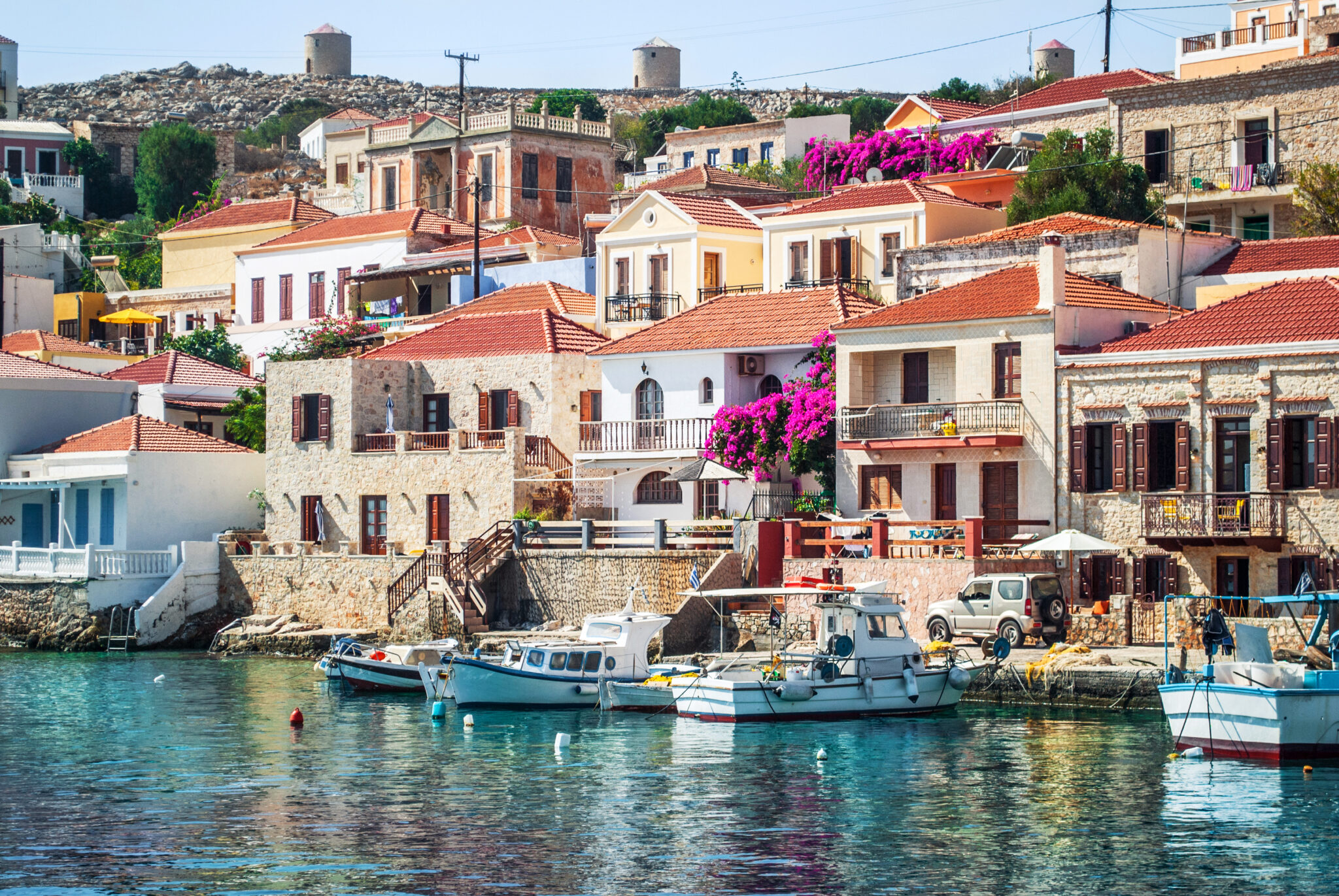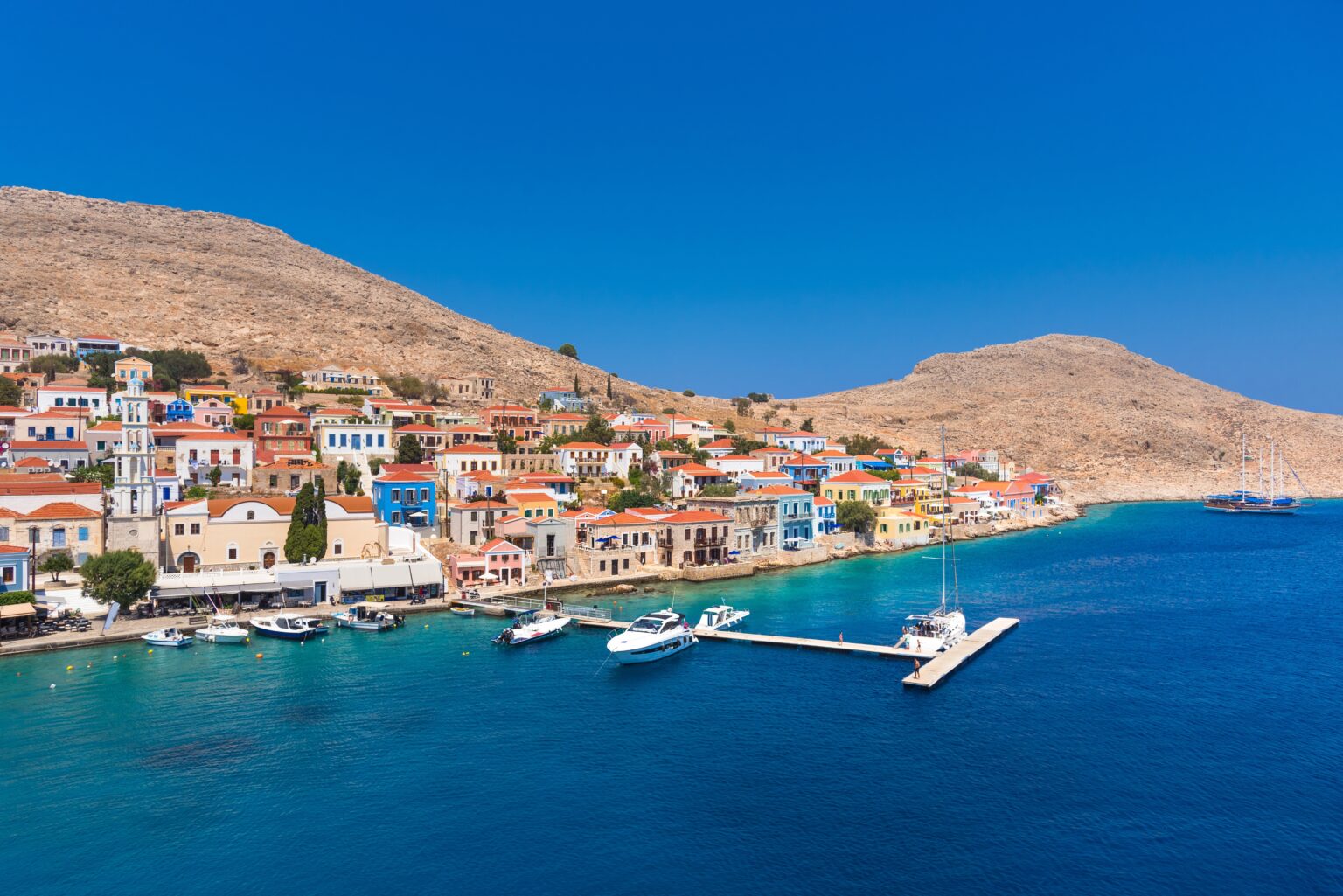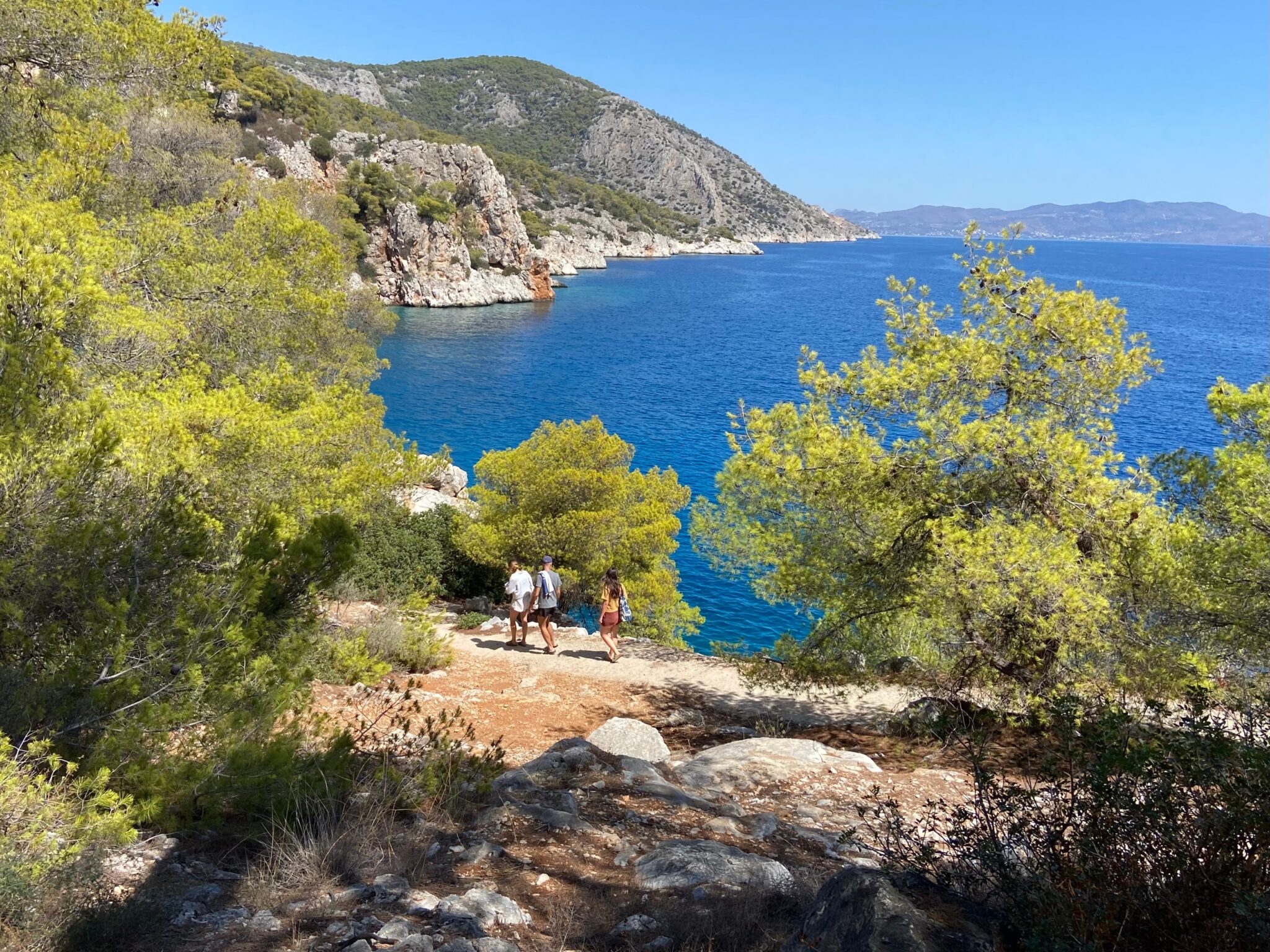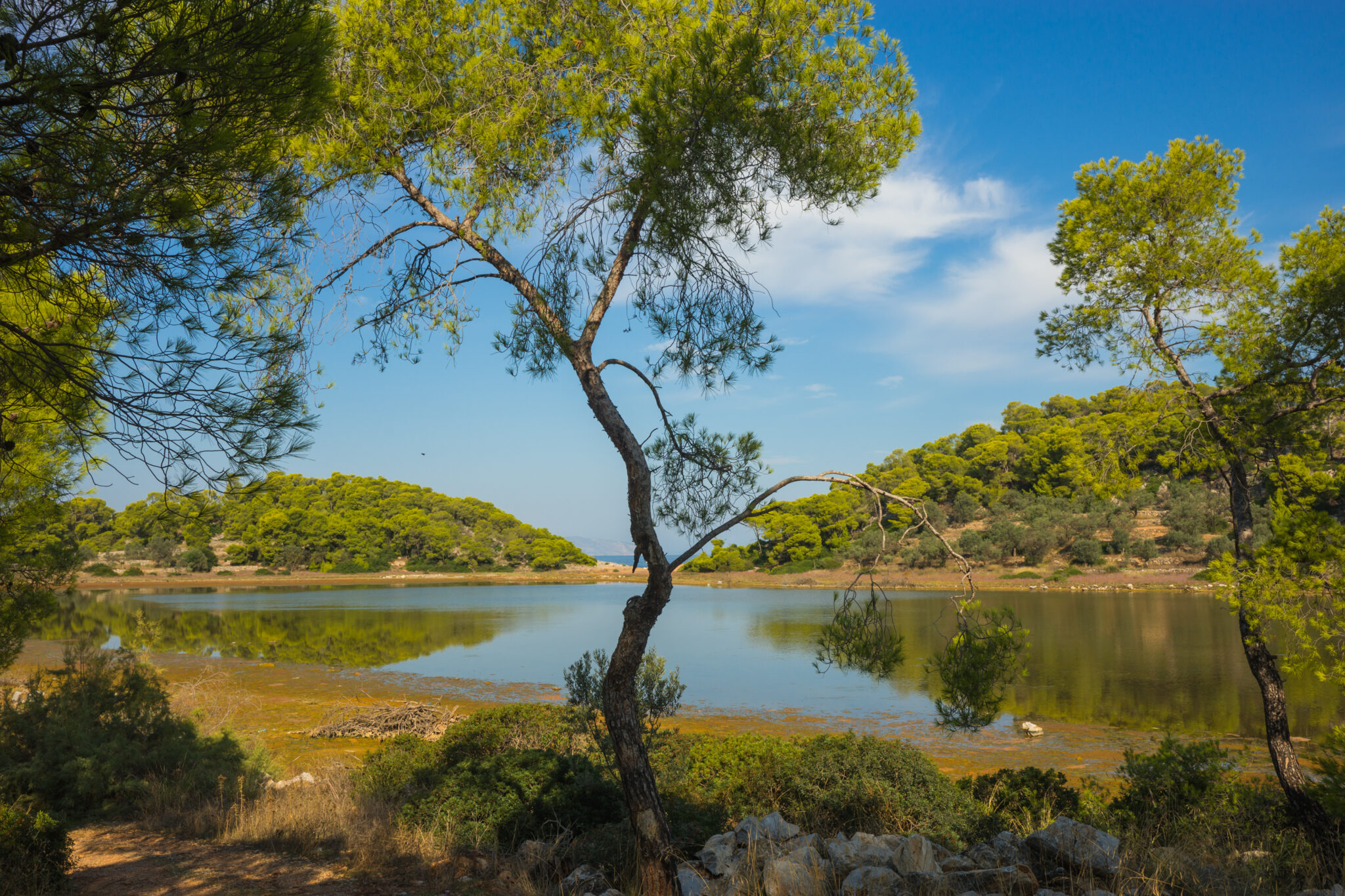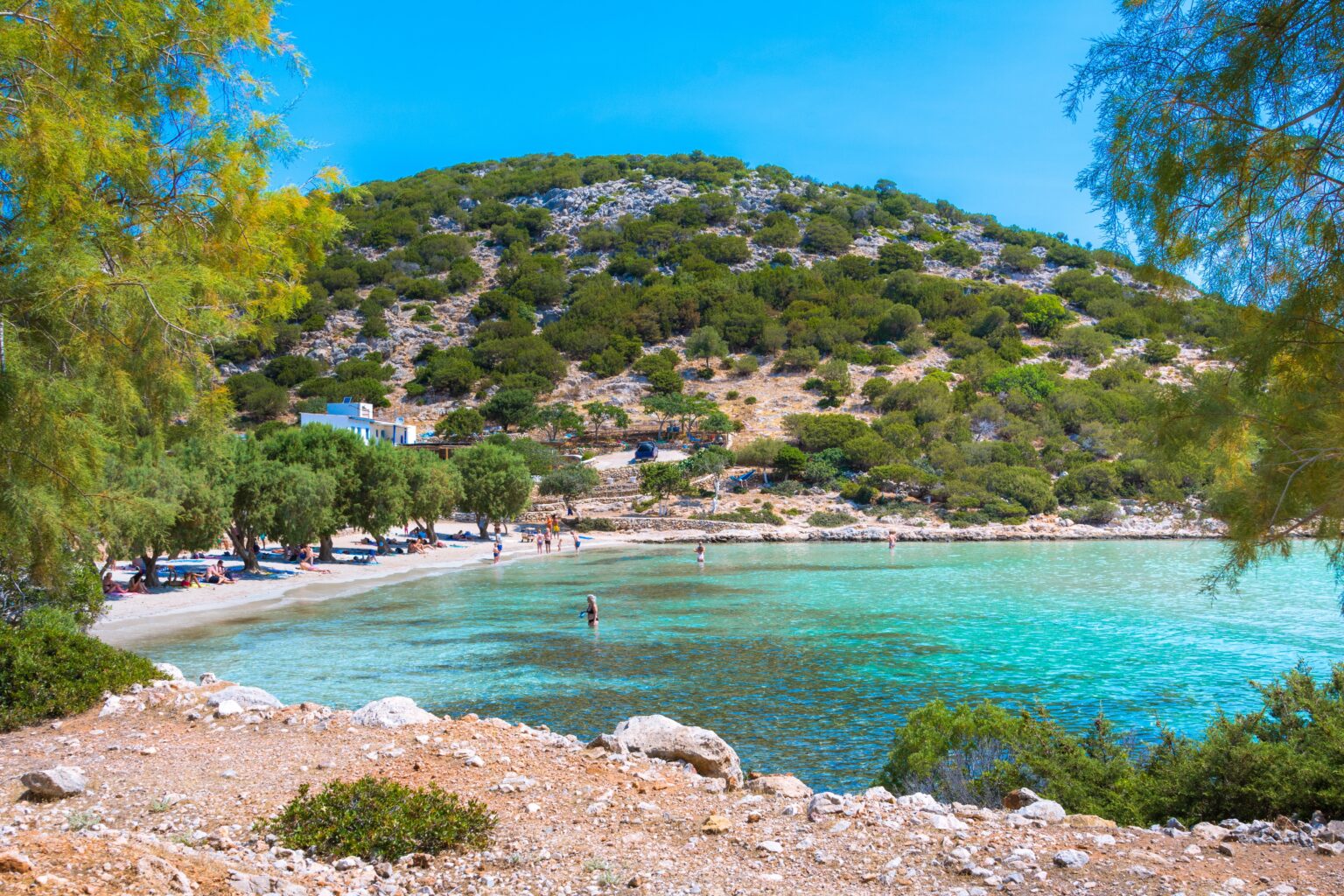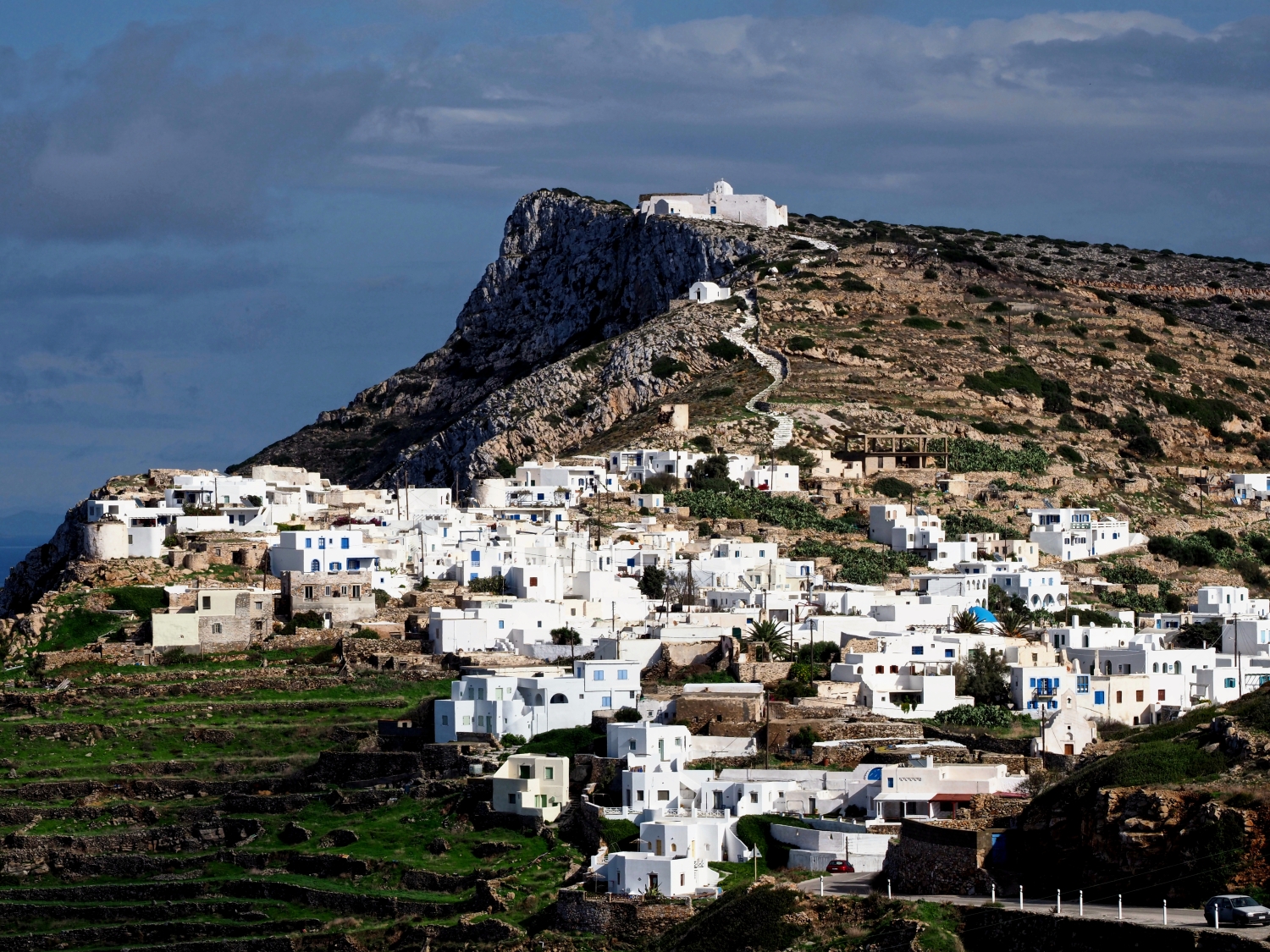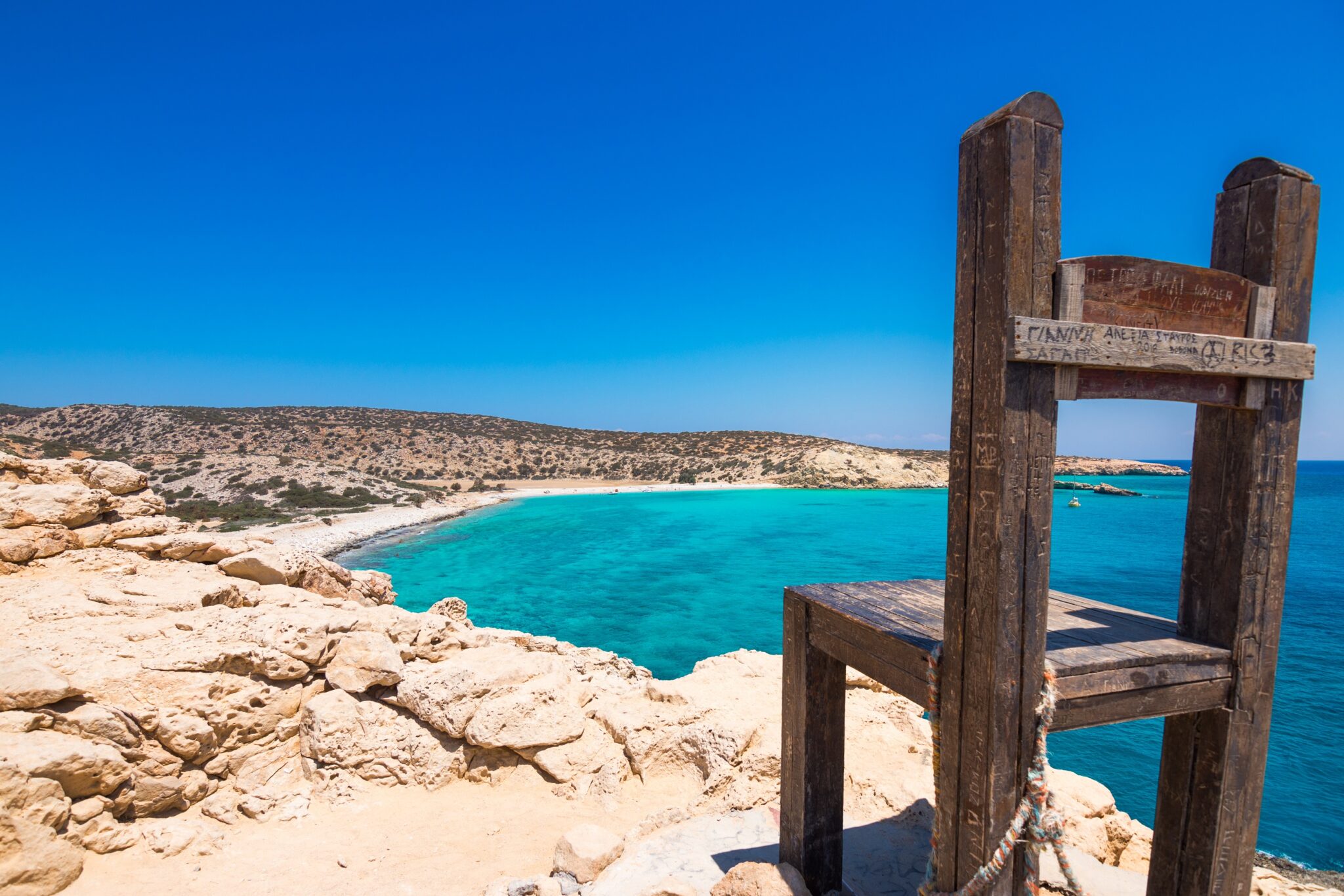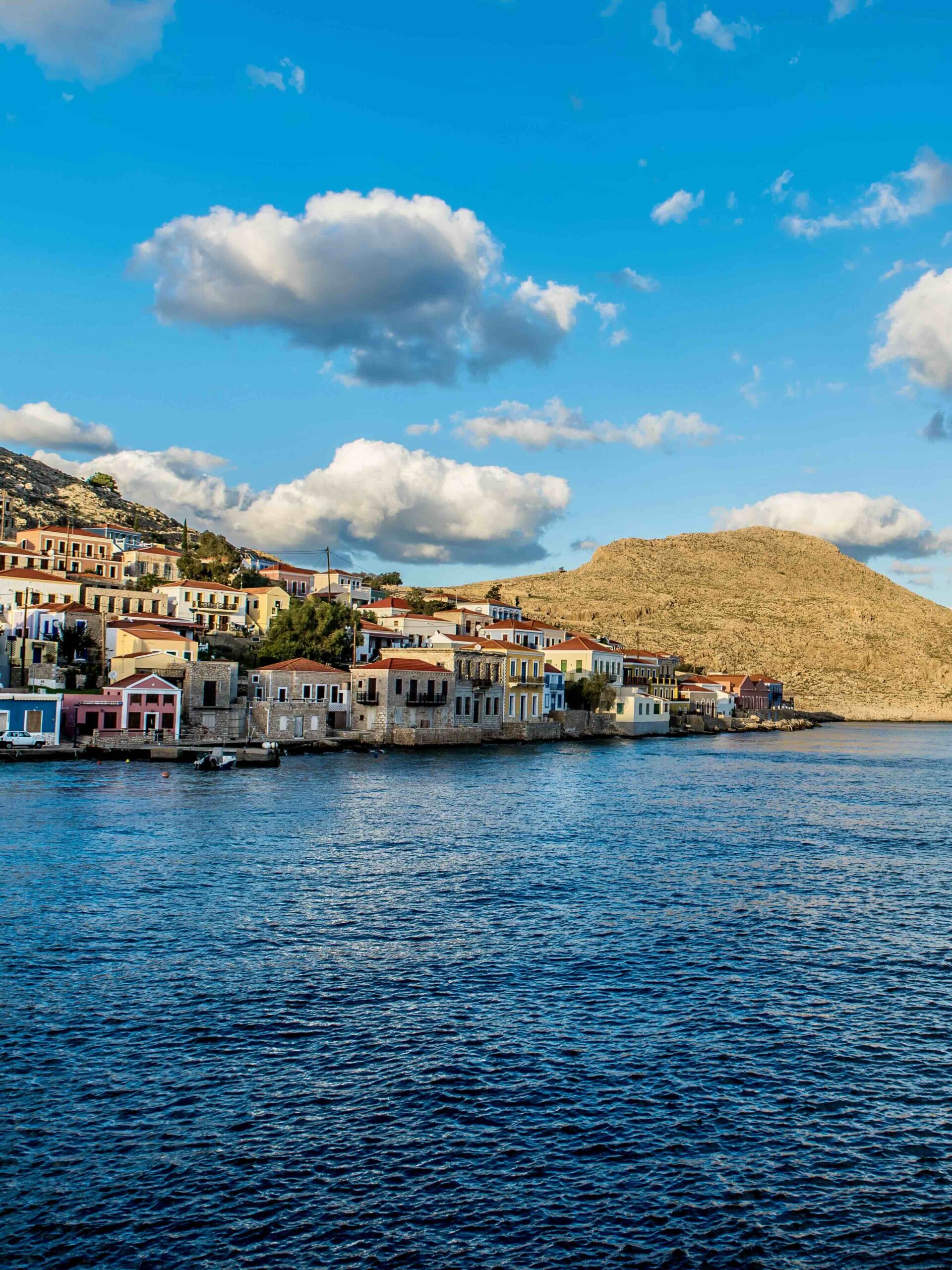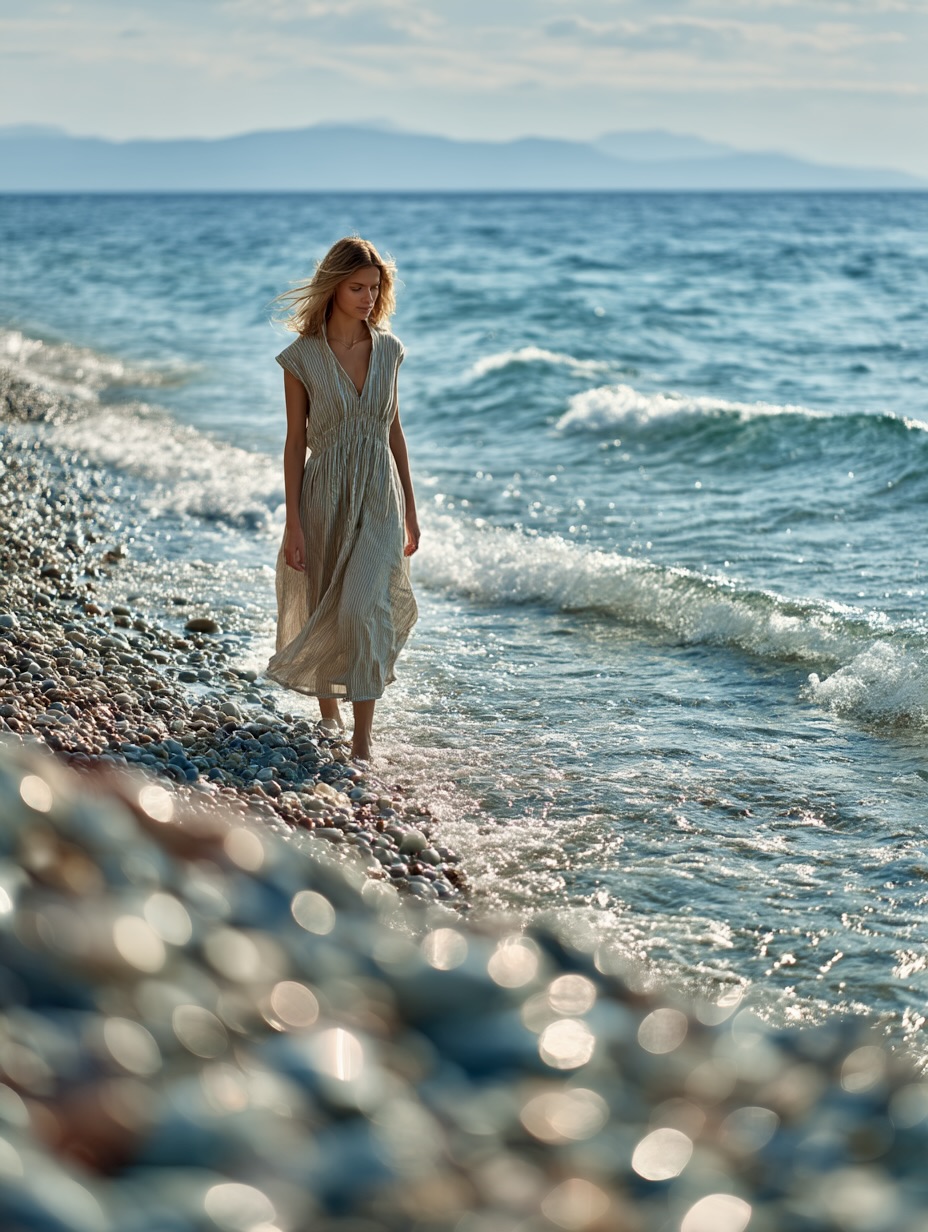They do still exist—the Greek islands whose only traffic report is the tide table. Here, you swap ignition keys for espadrilles, save the rental-car budget for octopus and Assyrtiko, and let the day unfold to the metronome of lapping water. The soundtrack is cicadas, not car horns; the fragrance, salt and wild thyme carried on a sea breeze that never seems in a hurry.
Picture mornings that begin with a barefoot stroll to the bakery, afternoons spent drifting between secret coves on a kaiki so small the skipper knows every ripple, and blue hours when you follow stone footpaths lit by constellations, not high beams. These are holidays of deliberate pace and liberated pockets, made for wandering, pedaling, skinny-dipping, and generally remembering what it feels like to inhabit a place rather than blaze through it.
Long swims, postcard-perfect inlets, thyme-scented trails – seven islands invite you to cut the engine and everything that comes with it.
01
Koufonisia – Small Islands, Big Magic
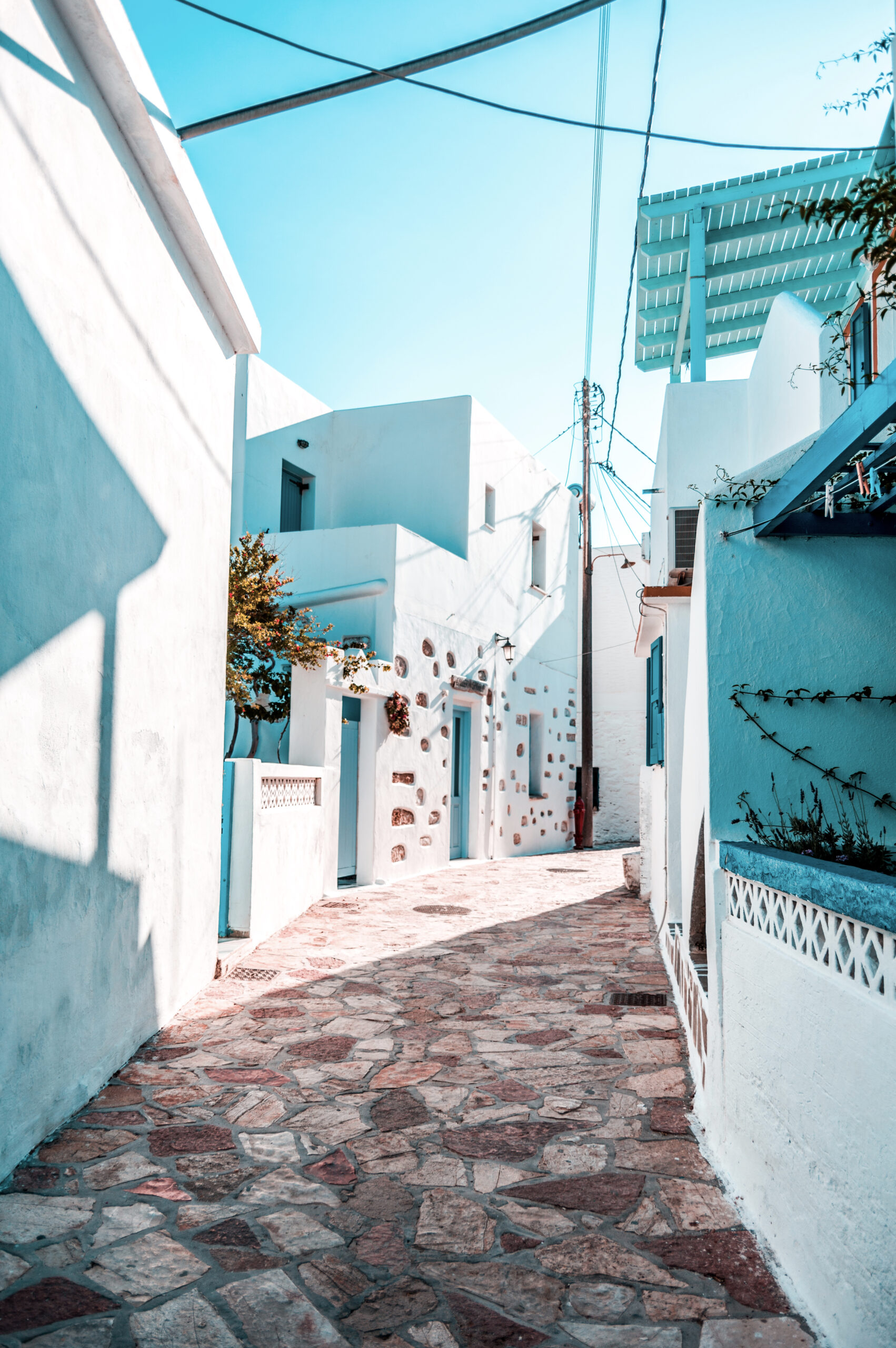
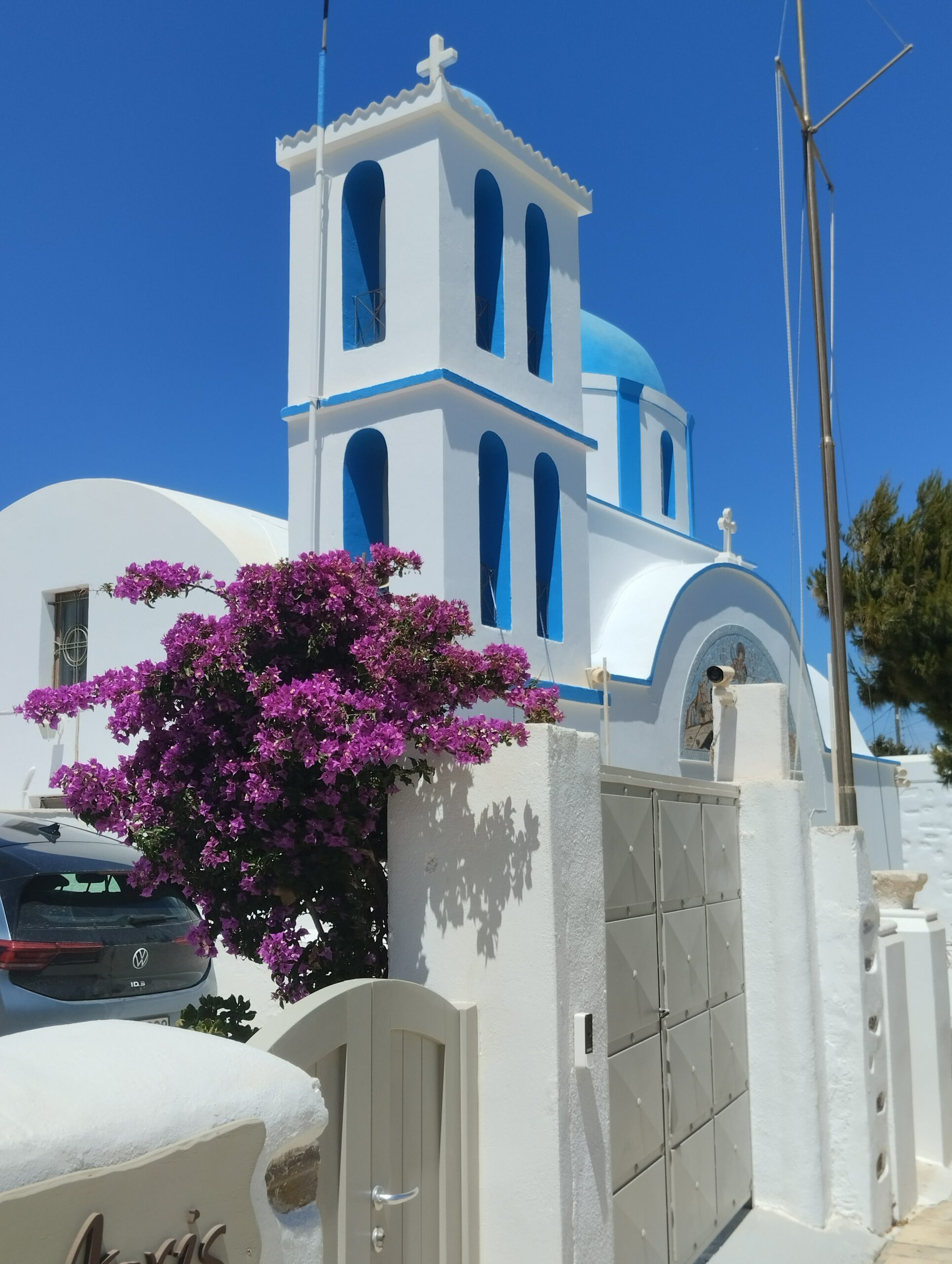
On Koufonisia, the only motor you’ll hear might be that of the little boat taking you between the twin isles of Ano and Kato Koufonisi. Ano Koufonisi, the livelier of the two, is where most travelers stay—and where every beach on the southeastern coast is within walking distance. From the first cove to the last, no spot is more than 30 minutes on foot.
The roads are narrow, paved, and kind to walkers and cyclists. Rent a bike for the day and roll past golden bays with names like Fanos, Italida, and Pori. Kato Koufonisi is even wilder—uninhabited, with two stunning beaches: Panagia and Nero. Both are only accessible by boat, and worth every second of the ride.
Where it is
In the Small Cyclades, southeast of Naxos. Reachable from Athens via ferry through Naxos or Amorgos.
02
Hydra – Just Walking and Watertaxi
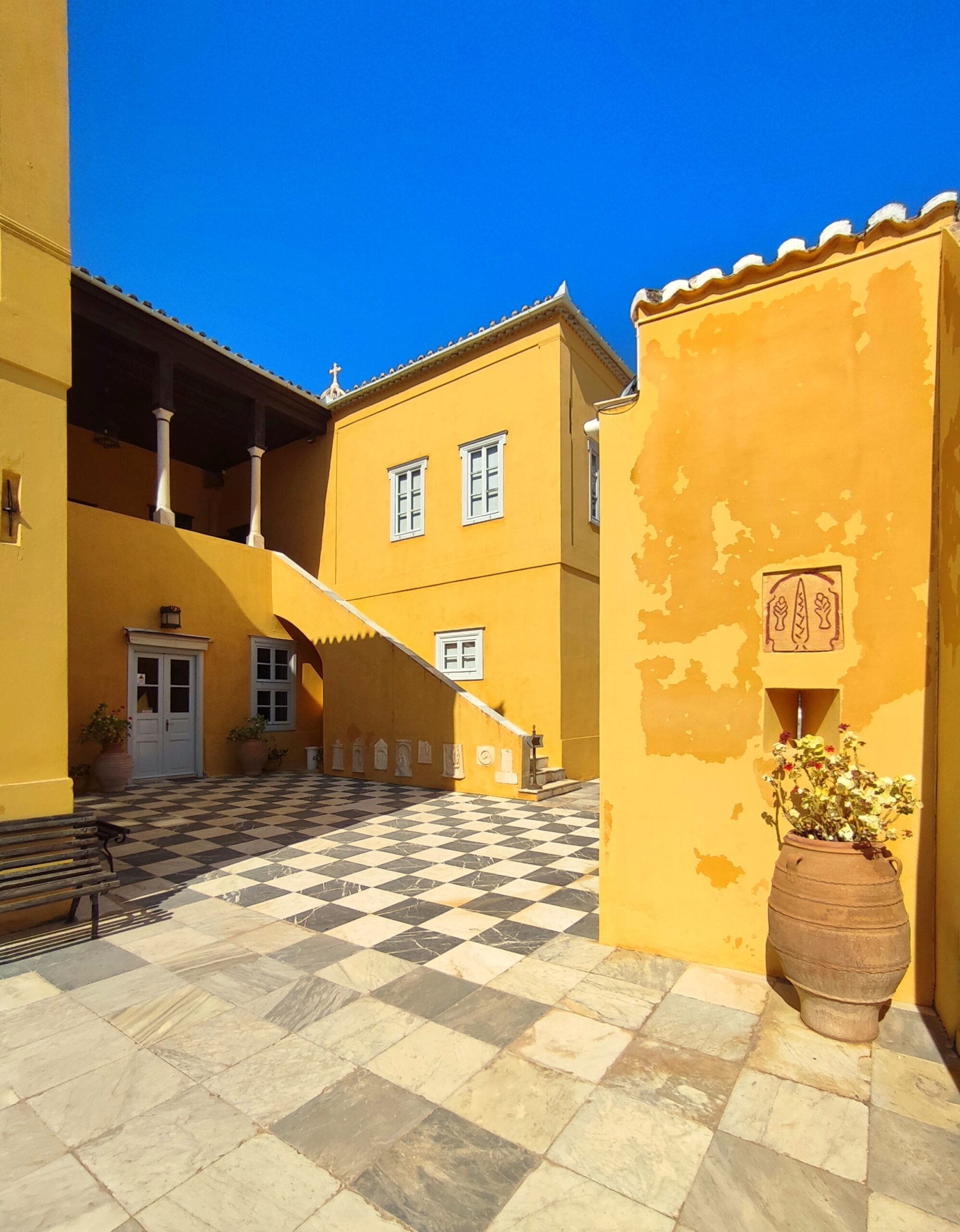
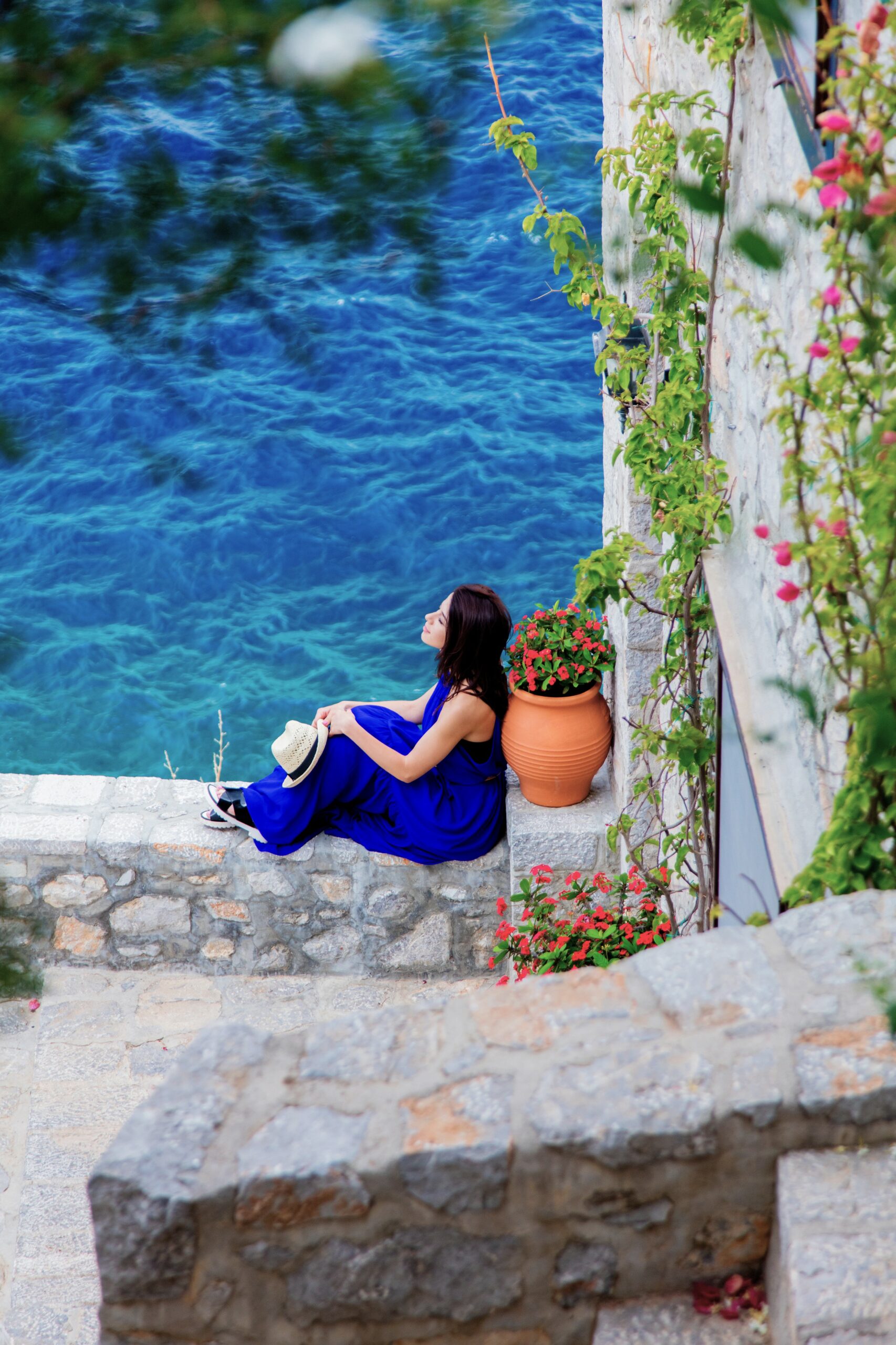
If any Greek island has mastered the art of elegance without excess, it’s Hydra. There are no cars here. Not even scooters. Everything moves at the pace of a stroll—or, if needed, a water taxi.
Hydra’s winding paths are made for walking. From the harbor, a short coastal walk leads you to Spilia and Hydronetta, two rocky sunbathing spots where locals dive straight into the Aegean. After your swim, you’ll dry off while sipping a drink in your bathing suit. Another 10–15 minutes on foot brings you to Mikro and Megalo Kamini—quiet pebble beaches perfect for a longer day in the sun.
Don’t worry if you want to explore further. Small boats make regular loops around the island, taking you to out-of-the-way beaches. But the real joy of Hydra is the simple act of walking—through pine-scented hills, stone-paved alleys, and sun-washed courtyards.
Where it is
In the Saronic Gulf, off the northeast coast of the Peloponnese. One and a half to two hours from Athens by ferry catamaran or flying dolphin Piraeus.
03
Halki – One Village, Infinite Peace
Want to hear the sound of silence? Halki delivers it in full. This small island in the Dodecanese, near Rhodes and Tilos, covers just 28 square kilometers and has a single inhabited village: Nimborio (also called Emporio). You don’t need wheels here. Everything is close, walkable, and wonderfully still.
You’ll spend your days wandering through narrow alleys, watching fishing boats bob in the bay, and taking the slow road to hidden ruins. A highlight is the one-hour walk to Pano Chorio—the island’s old capital—best done in the late afternoon when the sun softens and the air starts to cool.
Pontamos beach, just 10 minutes from the port, is the island’s best-known sandy bay, its brilliant white sand in sharp contrast to the pebbled shores found elsewhere on Halki. The sea here is crystal-clear, calm, and unforgettably blue. The food is delicious too.
Where it is
In the southeastern Aegean Sea, accessible by ferry from Rhodes (about one hour).
04
Agistri – Quick Trip, Deep Reset
So close to Athens you could go for the weekend, Agistri is a green haven in the Saronic Gulf where cars feel almost unnecessary. Whether you stay near the harbor, in Megalochori, or in Skala—the island’s second-largest village—you can walk to everything you need.
Skala is where the action is: cafés, beach bars, mini-markets, and small hotels stretch along its curved shoreline. A sandy beach sits right at the village edge, ideal for lazy swims before breakfast or sunset dips.
Prefer a little speed? Rent a bicycle or a scooter for a day and cruise beneath pine trees along roads lined with sea views. But honestly, you may never need it. The charm of Agistri lies in its simplicity—and how easy it is to experience the island without adding noise to it.
Where it is
Just over an hour by ferry from Athens (Piraeus port).
05
Lipsi – Wild, Quiet, and Sweetly Simple
Lipsi is not the place for schedules. It’s a place for barefoot walks, naps under tamarisk trees, and unhurried swims in glass-clear water.
This lesser-known Dodecanese island has just 14 kilometers of roads. You can easily get around on foot, by scooter, or with the help of local mini-buses. Most beaches are left natural—no umbrellas, no music, no loungers. Just you and the sea.
If you like to explore, follow a winding stone path to the church of Koimisis tis Theotokou, perched on a hill with sweeping sea views. Or take a fishing boat to one of the nearby islets.
Leipsoi is actually part of a cluster of tiny islands lying east of Patmos and north of Leros. You can reach it from Piraeus by ferry twice a week, or more often through the nearby islands. Whichever route you choose, it will be worth the detour.
Where it is
In the northern Dodecanese. Best reached via Patmos or Leros, or by ferry from Athens.
06
Sikinos – Simple Authenticity at its Best
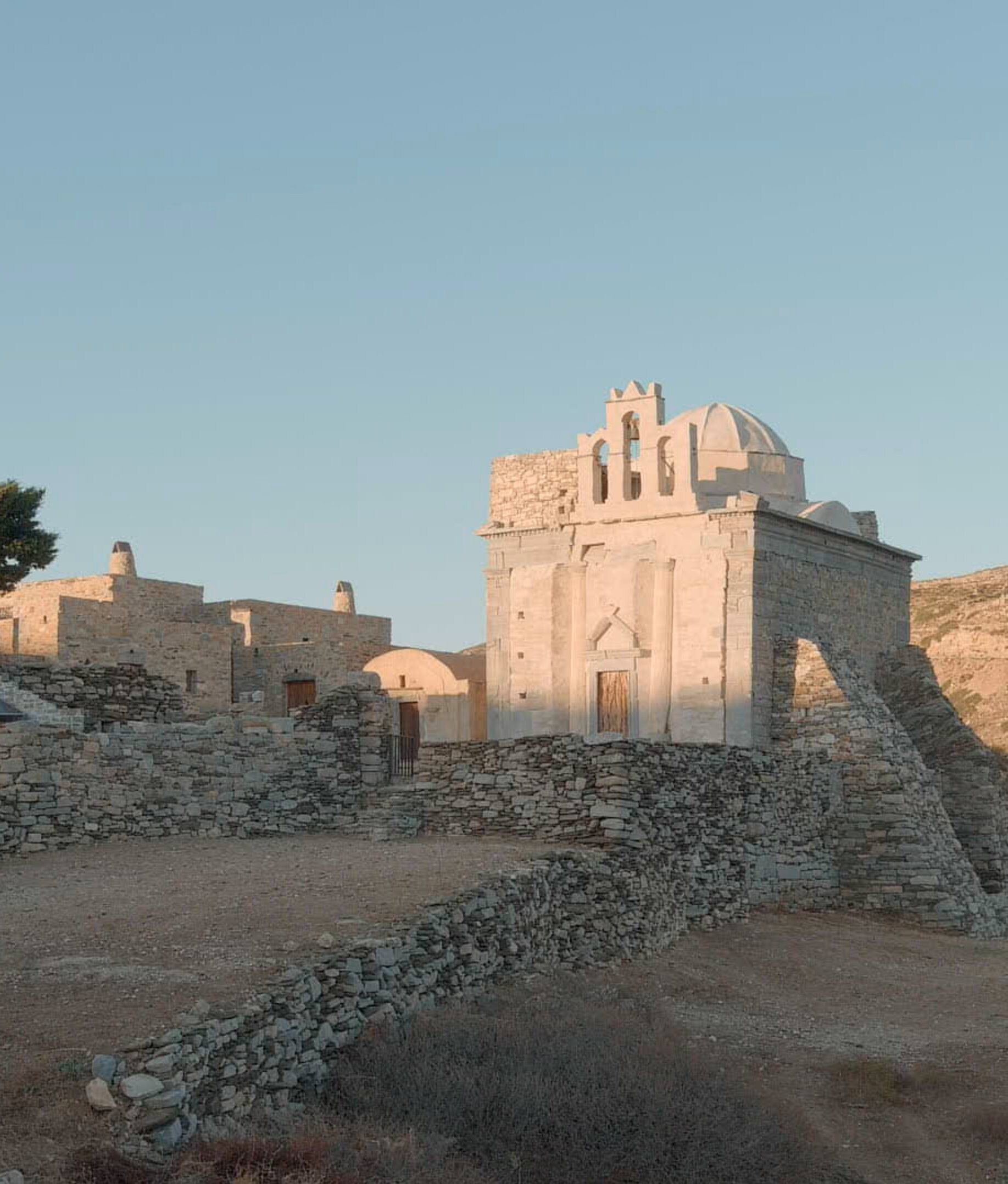
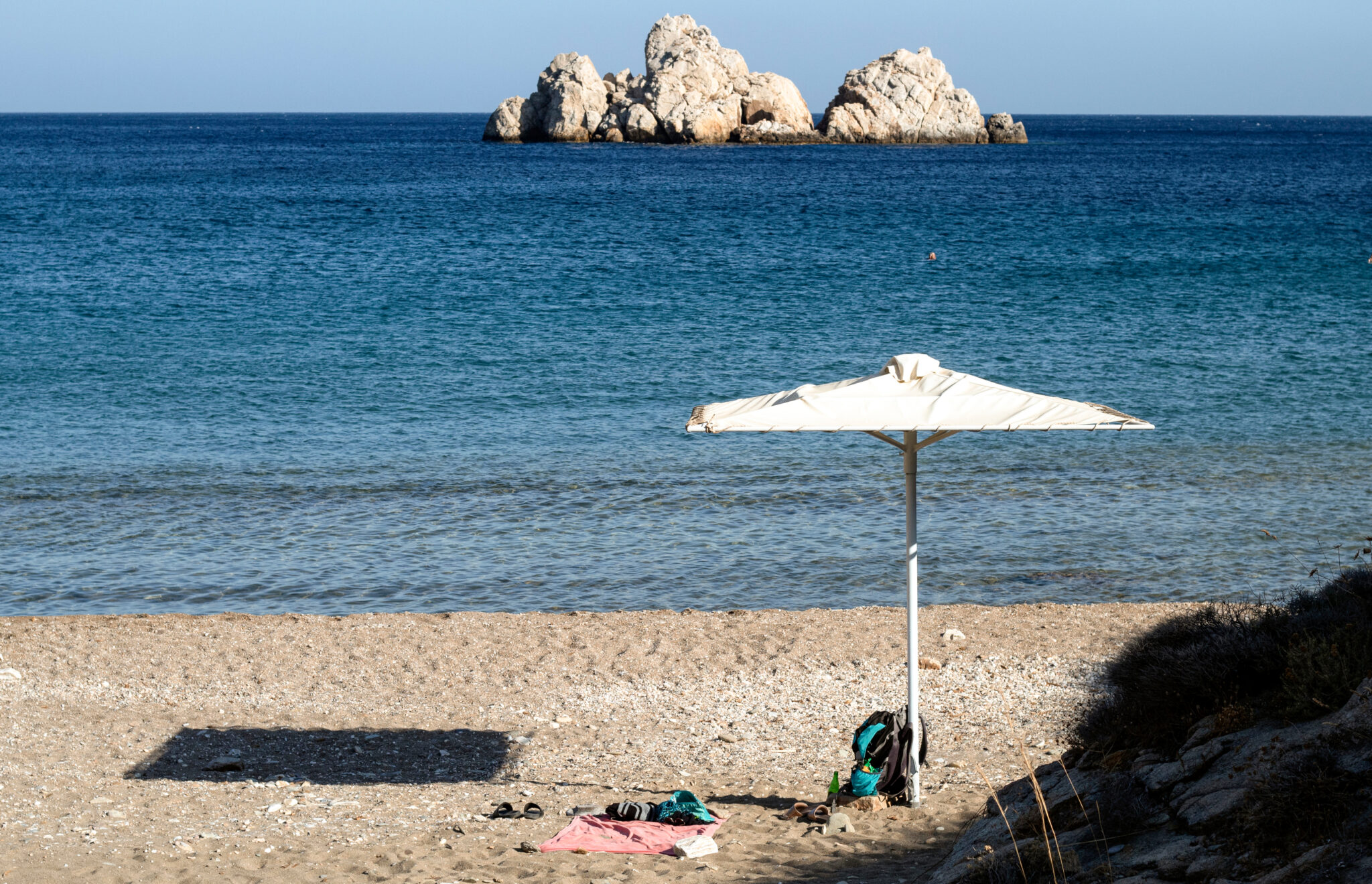
With just two main settlements—Alopronia (the port) and Hora (divided into Chorio and Kastro)—this Cycladic island invites you to slow everything down.
Hora sits on the hills like a whitewashed secret. Its medieval heart is still intact: low houses tucked among bougainvillea, cobbled alleys, quiet archways.
A small local bus links the main sites: from the port up to Hora, to the ancient temple-turned-church of Episkopi, and out to beaches that feel untouched by time. Small boats also ferry travelers to coves that remain delightfully uncrowded. Sikinos isn’t for everyone. But if you’re looking for real rest, quiet nights, and sun that lingers on your skin, it may just be perfect.
Where it is
In the Cyclades, between Ios and Folegandros. Reachable by ferry from Athens or Santorini.
07
Gavdos – Southernmost Edge of Europe
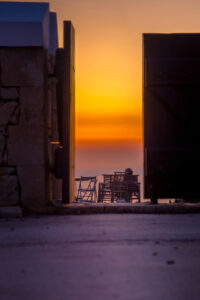
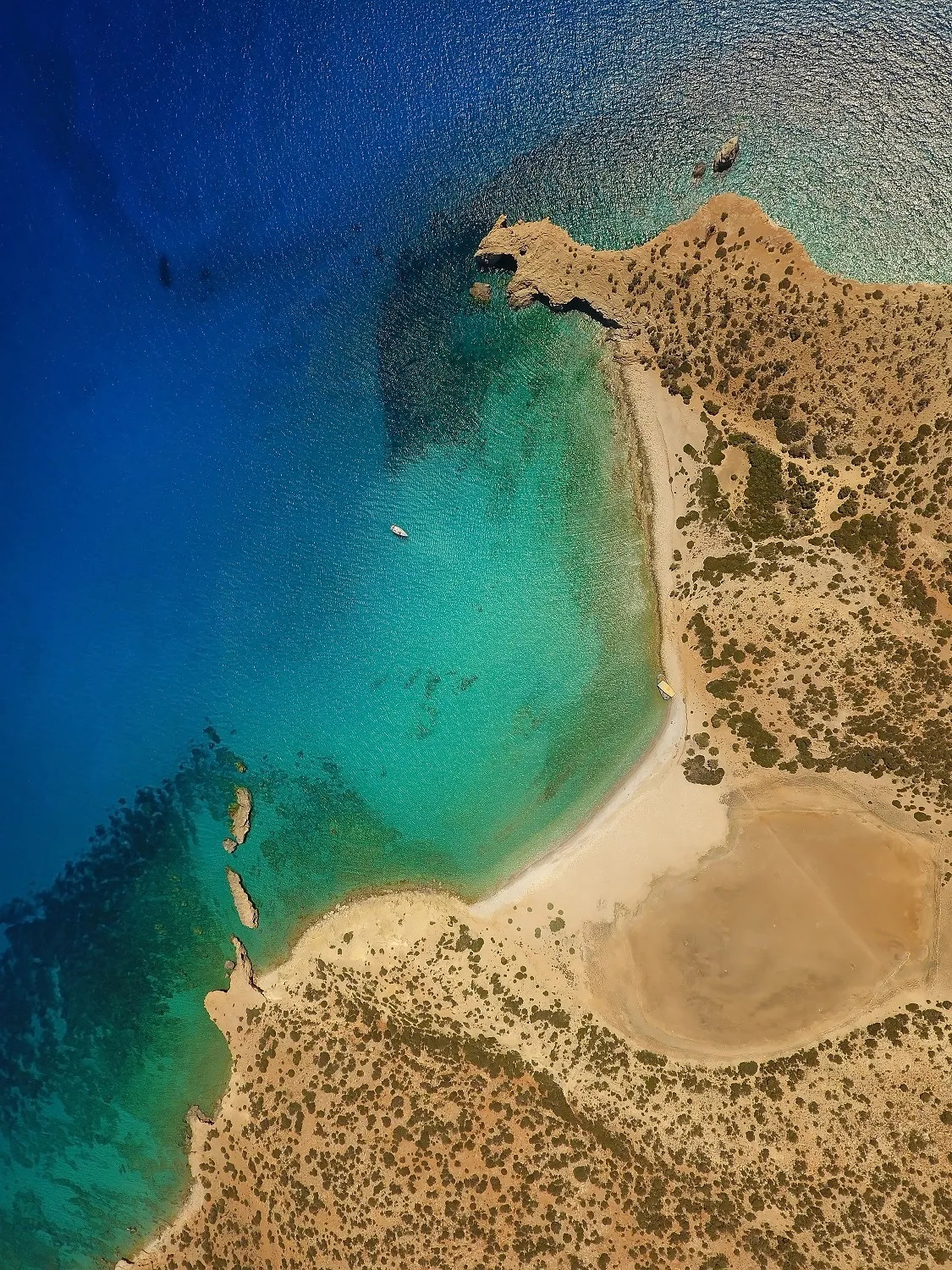
Gavdos feels like it belongs to another world—and in some ways, it does. This is the southernmost point of Europe, a rugged, protected island south of Crete where the land ends and the Libyan Sea begins.
It has just three inhabited villages: Kastri, Ambelos, and Vatsiana. Tourism exists, but on Gavdos it’s still low-key—rooms for rent, beach tavernas, and camping under the stars in places like Sarakiniko, where, according to local lore, Saracen pirates once landed.
The island is part of the Natura 2000 network, home to rare flora and fauna: sea cedars, dunes, migratory birds, monk seals, and Caretta caretta turtles.
You’ll hike through pine and wild herbs, swim in turquoise bays like Lavrakas and Potamos, and, if you’re up for a challenge, trek to the legendary Tripiti Cape. There, carved into rock, sits the stone “Throne of Odysseus”—the symbolic edge of the continent. You can also reach it by boat, but the walk is unforgettable, if rugged.
Where it is
South of Crete. Reachable by ferry from Paleochora or Sfakia in southwest Crete.



